“The holly and the ivy, when they are both full grown. Of all the trees that are in the wood, the holly bears the crown.” I hummed the tune happily as I dialed my parents’ number. I would be going home in a few days to spend Christmas with the family. I was excited and definitely in the mood for some Christmas cheer.
I heard the phone being answered at the other end, instantly recognizing the voice. “I’m bringing home some fresh cut-holly, Mom,” I said, the tune of the song still running through my head. At the time, I lived in the temperate climate of Victoria, British Columbia, on the southern tip of Vancouver Island. I had access to all kinds of greenery that grew well throughout the year—particularly holly.
We had holly bushes at home; but not the English variety, the ones which sparked the appropriate sentiments in the popular Christmas carol. So, a trip home to southwestern Ontario for Christmas encouraged me to take some of this greenery with me.
Mom sounded pleased. “I’ll be able to trim the mantel over the fireplace with real holly.”
“With real, bright red berries,” I added.
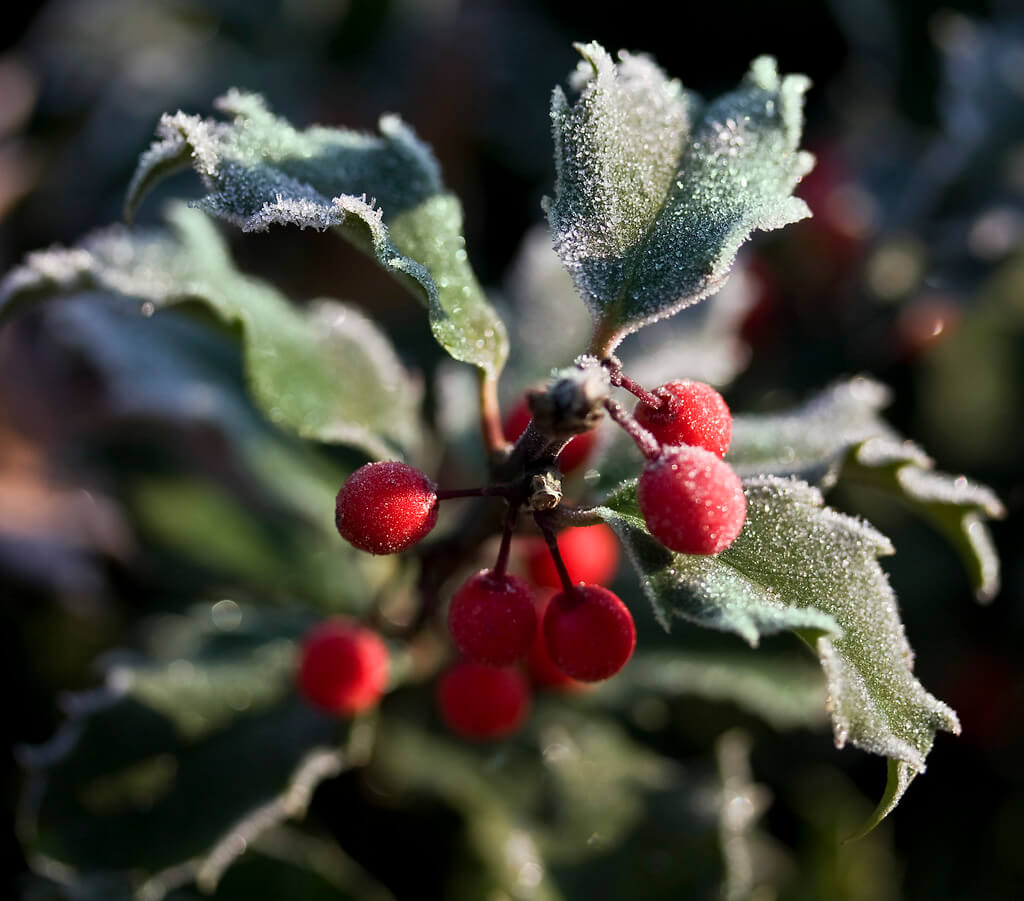
Mom had holly bushes in her garden, but they were not as bright, shiny green-leafed, or as berry-full as these. I didn’t take time to consider the other greenery mentioned in the song, the ivy. I had lived in old houses covered in ivy.
Picturesque as it might be, I had been quickly turned off ivy early on. My first house was an old stone structure, covered in ivy. Caterpillars dropped by the bucketful, literally, as I carried my effects into the new home. Both my belongings and I were covered in those mushy, squirmy things. I wasn’t impressed. Once settled, the ivy was the first thing to go. Along with the caterpillars.
My love for the luscious green holly bush continued. Years later, when I settled on my little piece of country paradise, I decided I needed a holly bush, or two, or more. Somewhere. As usual, before jumping into the planning and planting I did my research. What I discovered about holly truly amazed me. Holly belonged to a genus of 400 to 600 species of flowering plants.

Part of the Aquifoliaceae family, this evergreen, deciduous tree or shrub could be, and was, grown in both the tropics and the more temperate zones around the world. Although I remembered how my mother’s holly bush struggled to survive year after year, until she had to finally cut it down, I discovered that there was no reason why I couldn’t successfully grow some holly in my northern climate, as long as I chose the right holly for my area.
My mother’s two holly bushes, at their peak of growth, were in partly shady, well-drained, slightly acidic soil. Remembering this, I studied my property intently to find the ideal location for my holly bush. It wasn’t easy. With a largely wooded lot, my garden areas were either full sun or full shade. It was time to get creative and develop a new garden space, one that would be accentuated by the holly bush.
https://www.instagram.com/p/Bh2XHDHDJr-/?tagged=hollyplant
Thinking back again to my mother’s holly bushes and their sad decline, I wondered if perhaps her bushes were crowded out by other shrubs and plantings that drained the soil of its nutrients. I decided to keep my holly garden as simple as possible. Totally uncluttered. Not an easy task for me, as I’m much like my mother. Gardening begins with a certain amount of order and planning and then becomes a collage of just about everything, clustered together like a montage of diverse shapes, sizes, and colors.
Planning the Garden for Holly
Well, at least I could start simple and try to maintain some order of simplicity in my holly garden. With its luscious, shiny, deep-green leaves, it would make a perfect backdrop for pastel-colored flowers.
https://www.instagram.com/p/BkYlsMjAZHM/?tagged=hollytree
However, since the holly bush or tree had the potential of being quite large (some holly tree varieties grow as tall as 50 feet), the holly would create considerable shade at its base, and the choice of flowering plants to surround the holly would have to be shade- tolerant, like impatients, bleeding hearts, and shade-tolerant hostas.
https://www.instagram.com/p/Bk2t2bynTAC/?tagged=hostas
Smaller, flowering shrubs—like azaleas and hydrangeas—would also work well in my holly garden, providing a variety of color changes throughout the growing season. For ground cover, periwinkle would also do well. I wanted my holly bush to be the dominant focal point of this garden. And, since it would be a darker green than my other evergreens that dominated the property, it would liven up the color during the long winter months.
My brain was overloaded with ideas. My holly bush, as a centerpiece of a garden area, could become, in itself, a work of art. Topiary. On second thought, a well-trimmed, work of art might not be in keeping with my slightly wild sense of gardening. Besides, not all varieties of holly bushes and trees were a good selection for topiary.
https://www.instagram.com/p/BiwmUJejJsW/?tagged=hollybush
I chose my location and prepared the garden. The best time for planting anything, including holly, was early spring or autumn when the heat isn’t so intense, and there’s usually a substantial amount of rainfall to help the new planting get established. I decided to prepare my garden one summer with the intention of planting the holly the following spring.
No sense in tempting fate that an early frost in autumn would kill my new plant before it had a chance to get started. Besides, my plans, as always, were bigger than I had originally intended, and it would take most of the summer and into the fall to prepare the area. Especially since I still had to keep up with the rest of the gardens during gardening season. It would appear that, once again, my grandiose ideas were a work in progress. But I was not to be daunted. I had a plan, and I would follow it through.
Frequent visits to surrounding nurseries found me asking about holly varieties that did well in my zone. I was usually so caught up in my holly discussions that I would forget the main purpose of visiting the nursery. This always meant a return visit to pick up what I had originally intended on purchasing, and hopefully get in a few more questions in the process.
Learning About Holly
As I continued talking to the professionals and reading up on holly bushes, I discovered that in order to enjoy a holly bush with bright red berries, I would have to make sure I had a female plant, as it is the female that produces the berries. Hollies are what biologists identify as dioecious plants. They are either male or female. And, in order to produce the berries, the female would need its male counterpart close by to pollinate it.

So much for having only one holly bush! I guess that’s why Mom’s holly bushes never had berries: They were male. And perhaps that was why they didn’t do very well. I started making my holly garden larger, more elongated to allow for two focal points for two holly bushes—one male and one female.
And I started asking more questions, like how could I possibly tell the two genders apart, especially if the bush was, in fact, a female, but unpollinated by its male counterpart, couldn’t produce the female-identifying berries? Apparently, I discovered, it’s all in the flowers.
Identifying Holly Genders
This process of identification is rather limiting since the holly bush doesn’t flower all the time. However, when it does, the difference between the male and female is obvious upon close inspection.
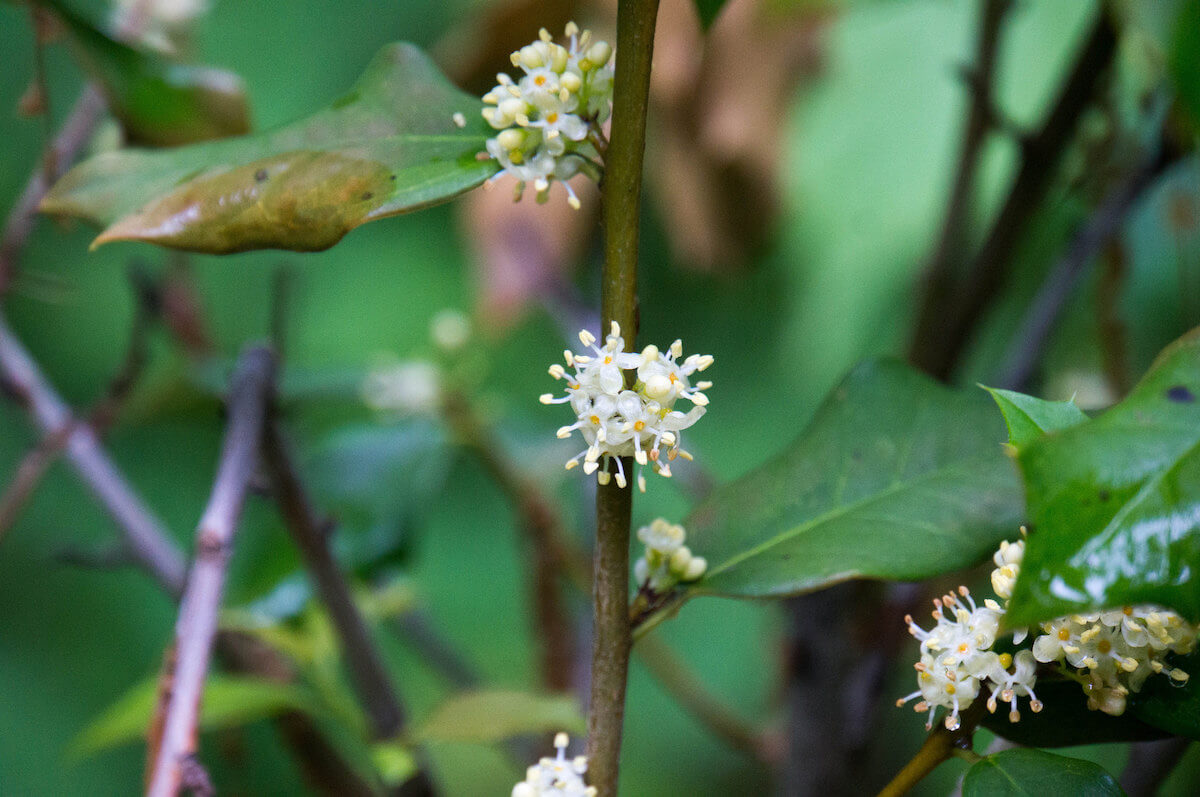
Although both male and female holly flowers have four petals, and at first glance, look identical, the flower of the male holly bush has four yellow stamens protruding from their centers, while the female has a green bump which is its ovary. The flowers are produced in late spring, so that would be the best time for choosing my male and female holly bushes.
https://www.instagram.com/p/BcKmSDkhz7E/?tagged=hollyplant
With the garden almost ready, the questions asked and research done, all I had to do was decide on which species of holly bush to plant and then wait for winter to pass. I settled for what is called the Blue Princess holly, a cultivar developed in the early 1970s. Its mate was—you guessed it—Blue Prince.
The Blue Princess is one of the most productive berry producers of all the hollies. Its berries are also the darkest red. There are others that have been developed to withstand my more northern climate, but I was definitely sold on the Blue Prince and Blue Princess combo.
https://www.instagram.com/p/BYgfScQlCO-/?tagged=blueprincessholly
As for the ivy from the Christmas song? No thanks. I’ll enjoy my holly and leave the ivy, dripping with caterpillars, to those who don’t mind the sensation of slimy critters dropping on their heads whenever entering or exiting a house. I firmly believe that my garden belongs in the garden, not on the house.






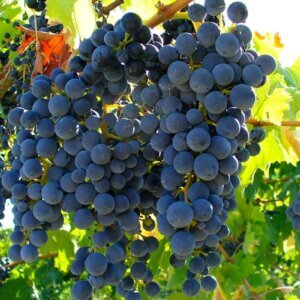
















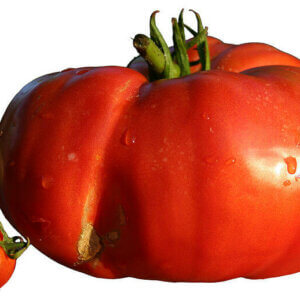












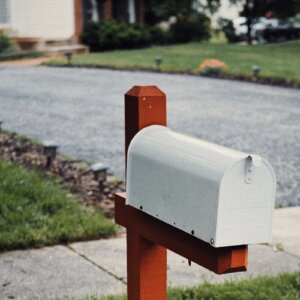





Leave a Reply